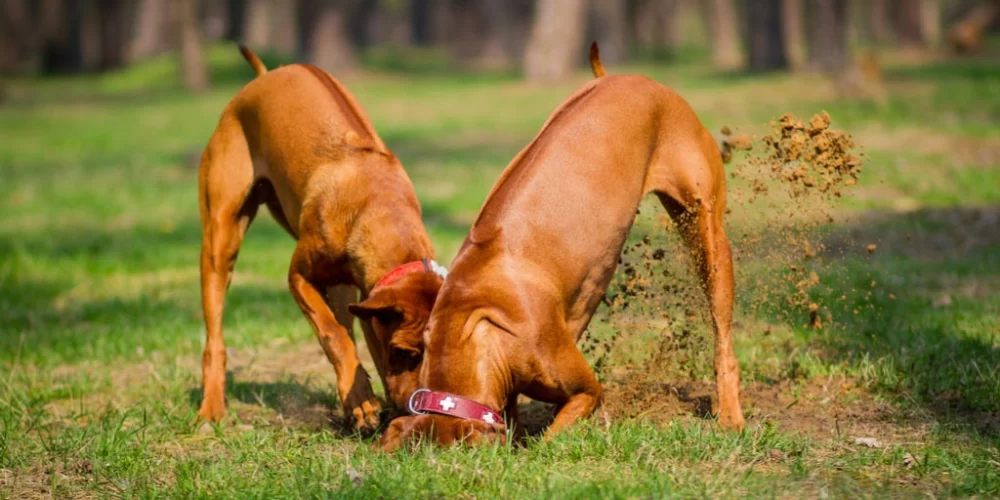- 1-Understanding-Why-Dogs-Dig
- 2-Identifying-the-Root-Causes-of-Digging
- 3-Effective-Training-Techniques-to-Stop-Dog-Digging
- 4-Real-Life-Stories-and-Successful-Cases
- 5-Long-Term-Prevention-Strategies-for-Dog-Digging
- 6-Recommended-Resources-from-Hidden-Brook-Veterinary
1. Understanding Why Dogs Dig
Dogs dig for many reasons, ranging from natural instincts to boredom or anxiety. Understanding why your dog digs is the first step in addressing the behavior effectively. Some breeds have a stronger digging instinct because of their history as hunting or burrowing dogs.
For instance, terriers and hounds often dig to chase prey or create shelter. However, dogs may also dig to seek attention, escape confinement, or simply because they are understimulated. Recognizing the underlying cause allows you to tailor training methods to your dog's specific needs.
2. Identifying the Root Causes of Digging
Digging can be a symptom of several issues including excess energy, anxiety, or environmental factors. If your dog digs only in certain spots, it might be due to attractive smells or pests underground.
Additionally, lack of exercise or mental stimulation often leads dogs to dig out of boredom. Environmental stressors like loud noises or changes in routine can also trigger digging as a coping mechanism.
By observing your dog's behavior closely and considering these factors, you can better address why the digging occurs.
3. Effective Training Techniques to Stop Dog Digging
Training your dog to stop digging involves consistent positive reinforcement and redirection. When you catch your dog digging, calmly interrupt the behavior and redirect them to a more appropriate activity such as playing with toys or obedience training.
Creating a designated digging area in your yard can satisfy their instinct while protecting the rest of your garden. Reward your dog when they use this spot to reinforce the behavior.
Techniques like increasing daily exercise, providing puzzle toys, and engaging in interactive play help reduce boredom-driven digging. Using commands such as “leave it” and teaching your dog to respond reliably can prevent digging before it starts.
4. Real-Life Stories and Successful Cases
One memorable case involved a Labrador named Max, whose owner struggled with destructive digging in the backyard. After consulting experts and implementing a routine combining physical exercise, a designated digging zone, and obedience training, Max’s digging reduced significantly within weeks.
Another story from Hidden Brook Veterinary highlights how addressing anxiety through calming products and behavioral training helped Bella, a rescue dog, stop digging under the fence to escape.
These examples demonstrate that patience and tailored approaches lead to lasting results when training dogs to stop digging.
5. Long-Term Prevention Strategies for Dog Digging
Maintaining a digging-free yard requires ongoing attention to your dog’s physical and mental health. Regular exercise and socialization are key components in preventing digging. Rotating toys and introducing new challenges keep your dog mentally engaged and less likely to dig out of boredom.
Environmental management, such as installing barriers or using deterrent sprays, can also help discourage digging in specific areas.
Ultimately, understanding your dog’s needs and consistently applying training principles create a happier pet and a well-kept yard.










